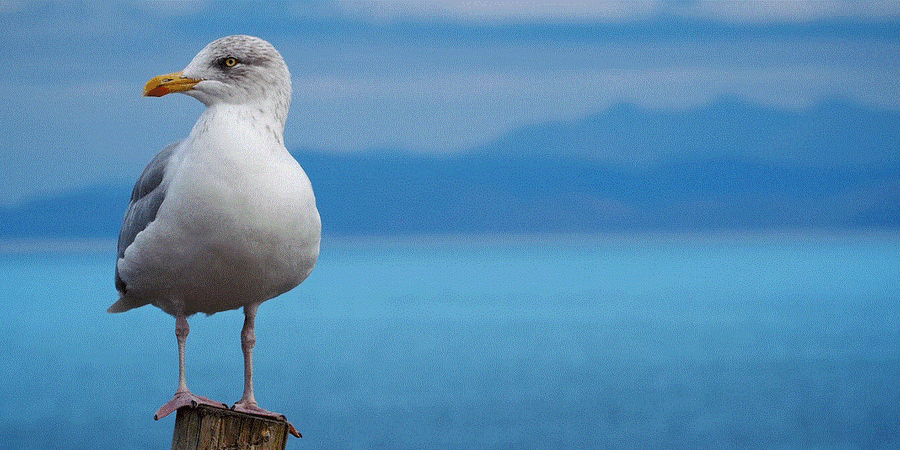Philadelphia, PA - If you're worried about seagulls eating your lunch on the beach, you're not alone. Many people have experienced this occurrence and want to know how to avoid them while enjoying a beachside lunch. You should remember that gulls are visually oriented creatures, and they'll attack any unprotected food they come across. Here are a few tips to help you keep gulls at bay.
Seagull-Proof Your Picnic: 5 Smart Tips to Protect Your Food at the Beach
Imagine a perfect day at the shore: the sun is shining, the waves are crashing, and you've just laid out a delicious beach picnic. Suddenly, a shadow passes overhead, and before you know it, an aggressive seagull has made off with your lunch. It's a frustratingly common scenario, but it doesn't have to ruin your day. With a few smart strategies, you can protect your food and enjoy a peaceful meal by the sea.
1. Keep Your Food Under Cover
This is the simplest and most effective first line of defense. Seagulls are opportunistic and expert dive-bombers; an open container of fries or an unwrapped sandwich is an open invitation.
- Create a Barrier: Always keep your food containers covered with lids when you're not actively eating from them. Even placing a napkin or another plate over your food can be enough of a deterrent to make a gull think twice. They are looking for the easiest, quickest steal.
2. Use the "Stare-Down" Method
It may sound silly, but science backs this up. Gulls are intelligent and pay close attention to human cues, especially your gaze.
- The Science: A study by the University of Exeter found that seagulls were significantly slower to approach and steal food when a human was watching them directly. In the experiment, it took gulls an average of 21 seconds longer to touch a bag of chips when they were being stared at compared to when the human looked away.
- How to Do It: Simply making direct eye contact with a curious gull can be enough to make it hesitant. They are more likely to target distracted individuals. Stay alert and watch any birds that get too close.
3. Never, Ever Feed the Gulls (On Purpose)
This is the golden rule of beach etiquette. While it might seem fun to toss a single fry to a lone bird, you are creating a much bigger problem for yourself and everyone else on the beach.
- They Come in Packs: Seagulls are excellent communicators. Feeding one signals to its dozens of friends that your blanket is a free buffet. Soon, you'll be surrounded.
- It Encourages Aggression: Feeding gulls teaches them that humans are a reliable food source, which can lead to more aggressive behavior like swooping and snatching food directly from people's hands.
4. Manage Your Trash and Leftovers Immediately
Your meal isn't over until all the evidence is gone. Gulls are expert scavengers and will happily pick through your leftovers and trash.
- Clean Up Promptly: As soon as you're finished eating, pack all leftover food securely away in sealed containers.
- Dispose of Trash Properly: Place all your trash in a covered, gull-proof trash can. If the public bins are overflowing, be a good beach citizen and take your trash with you to dispose of at home.
5. Choose Your Spot Wisely
Be mindful of your surroundings when you set up your beach blanket.
- Avoid Crowded Food Areas: Setting up right next to the boardwalk entrance with the most food traffic or near overflowing trash cans will put you in the gulls' direct line of sight.
- Look for Quieter Zones: Walk a little further down the beach to a less crowded area. With fewer people and less food around, you're less likely to attract unwanted attention from the local flock.
While a recent survey found that over half of beachgoers have had food stolen by gulls, you don't have to be one of them. By being mindful, keeping your food covered, managing your trash, and not being afraid to engage in a staring contest, you can ensure your beach lunch remains yours to enjoy. A peaceful and gull-free dining experience is possible with just a little bit of beach-smart strategy!


